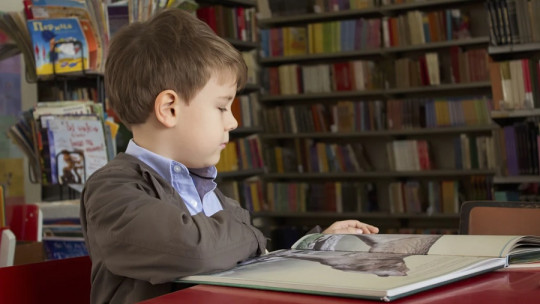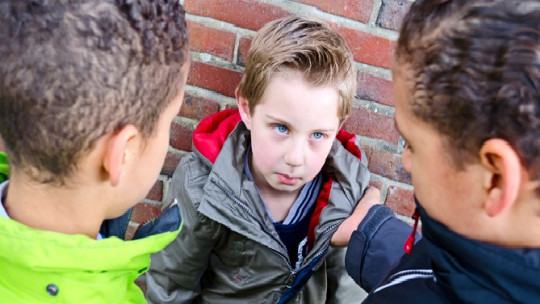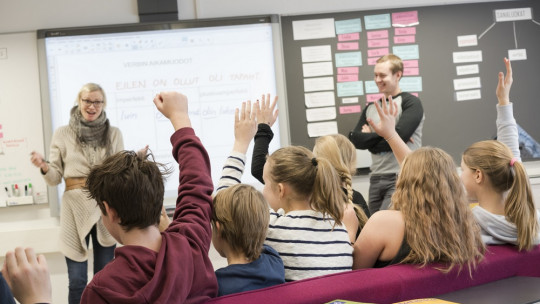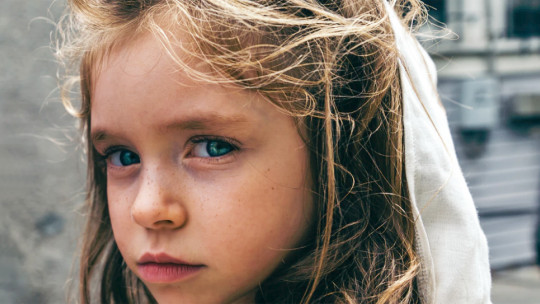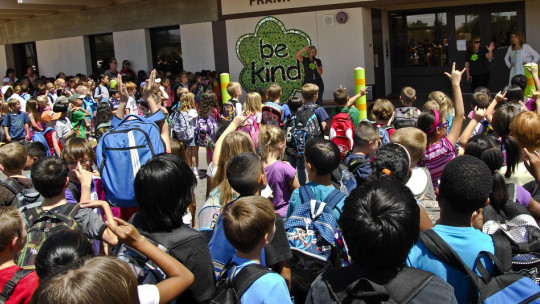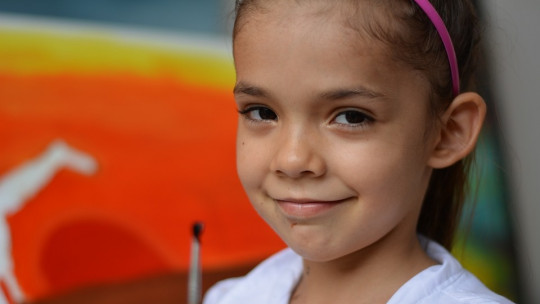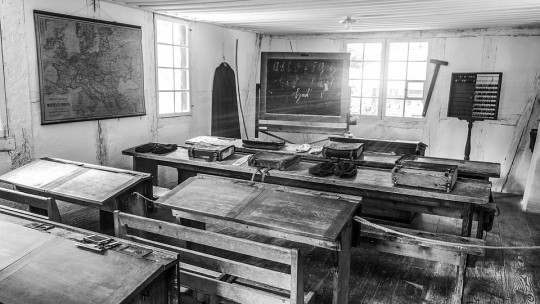
The Scandinavian countries stand out for being among the richest in Europe and, furthermore, for offering a good educational model. However, along with them, Finland shows a curious trend: despite not enjoying the economic level of its Western neighbors, for years it has been above them in the results of the PISA report which evaluates the educational level of 15-year-old adolescents.
In fact, the first time these measurements were carried out, this country surprised by leading the educational ranking with a great advantage over the rest.
Since then, Finland has become a benchmark in education. But it seems that it is not content with a school model that others try to imitate. Now, the country is in the process of changing the way classes are taught from top to bottom: Subjects disappear and “projects” appear in which several skills are worked on at the same time.
The characteristics of education in Finland
The current Finnish educational model is characterized by a liberalization of teaching, which moves away from models based on very rigid master classes in which students copy and memorize what they are told. This means that we try to promote the autonomy of students by making them actively participate in classes, cooperate with each other to develop projects and, in general, have a greater degree of freedom when deciding how to learn.
On the other hand, it seems that Finnish education achieves more with less Its annual teaching hours, for example, are less than those of Spain: 608 and 875, respectively. The amount of homework to be done at home is also less, and this fits very well with a way of thinking that places parents in a very relevant place when it comes to the education of their children. It is understood that education is something that occurs throughout the day, and not just within the walls of the school.
Besides, teacher training is very demanding for both primary and secondary, and it is considered a university and post-university career that is difficult to access, as well as very centralized: the ways of training teachers are very similar in all the universities in the country. It is for all this, among other things, that in Finland teachers are highly valued and admired.
What does the disappearance of subjects consist of?
Finland’s new educational paradigm, which is being tested in schools in Helsinki and will be fully implemented in 2020, is based on a premise: going from educating about content to educating about skills similar to those that will be required in adult life.
This means stopping treating topics as if each one of them were a watertight compartment, and ensuring that in one hour students learn and train in very diverse skills, in the same way that challenges do not appear on a day-to-day basis. sequentially, but integrated into each other.
Thus, the subjects give way to “projects”, in which the subjects that previously belonged to different subjects appear integrated into complex challenges with several layers of competence For example, one of the exercises to be carried out may consist of explaining in English the different characteristic ecosystems of several European countries previously studied, or explaining whether a text on economics offers correct data and expresses them in grammatically correct ways.
In this way, the students’ brain will always be working at the same time on various types of mental processes oriented towards the resolution of a complex problem, what is sometimes known as multiple intelligences.
These projects will be led by groups of several teachers who will combine their skills to offer an environment in which students can work in groups and ask questions about different topics without being slowed down by the pace of the class.
Training future workers
The idea of educating in a less rigid way is very seductive, among other things, because it seems to be based on the ideals of romanticism. A class in which activities develop more naturally should be exposed to the risks that the impositions of “civilization” put limits on the creativity and spontaneous curiosity of the youngest.
However, there is an alternative way of looking at this change in educational model. For example, interpreting it as a form of subordinating education to the interests of the labor market It is one thing to work on several types of skills at the same time, and another is to choose the type of projects in which these will be exercised according to what the country’s productive machinery needs.
With the disappearance of the subjects and the appearance of a more pragmatic approach, the risk enters the scene that the theoretical-practical projects that produce added value will further eclipse those whose existence does not have to depend on the market but does depend on critical thinking. and a global vision of the world, such as philosophy. Time will tell.

